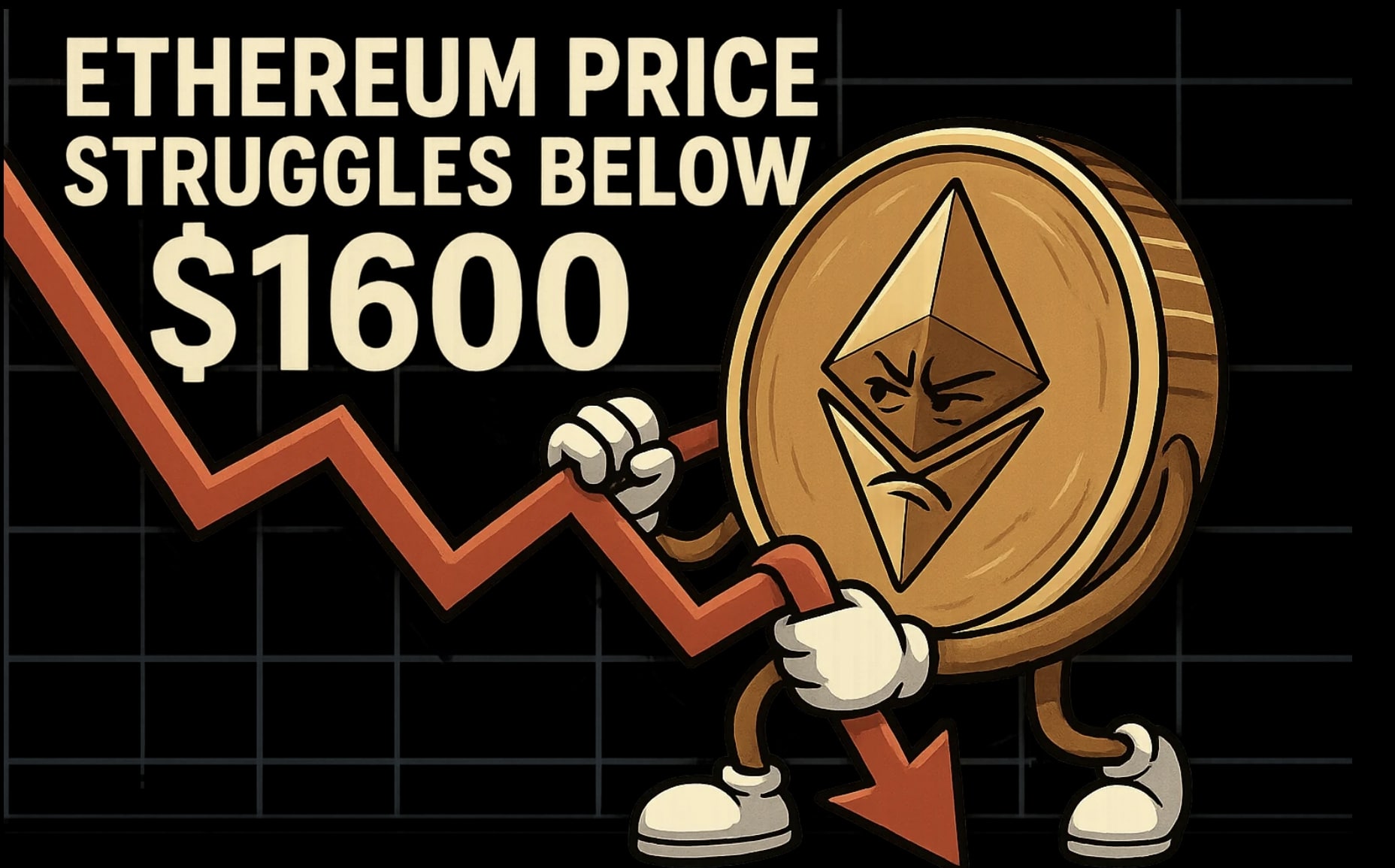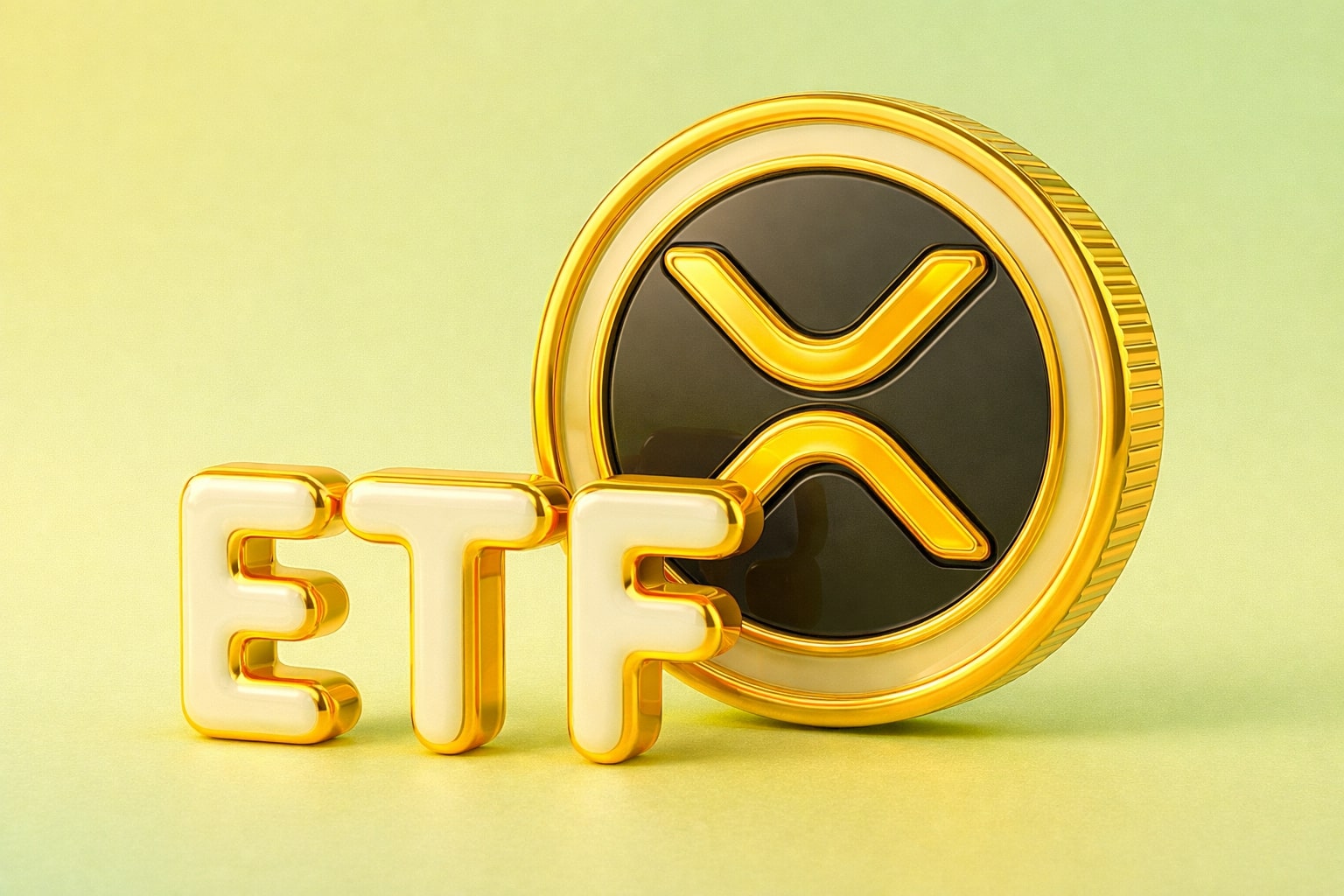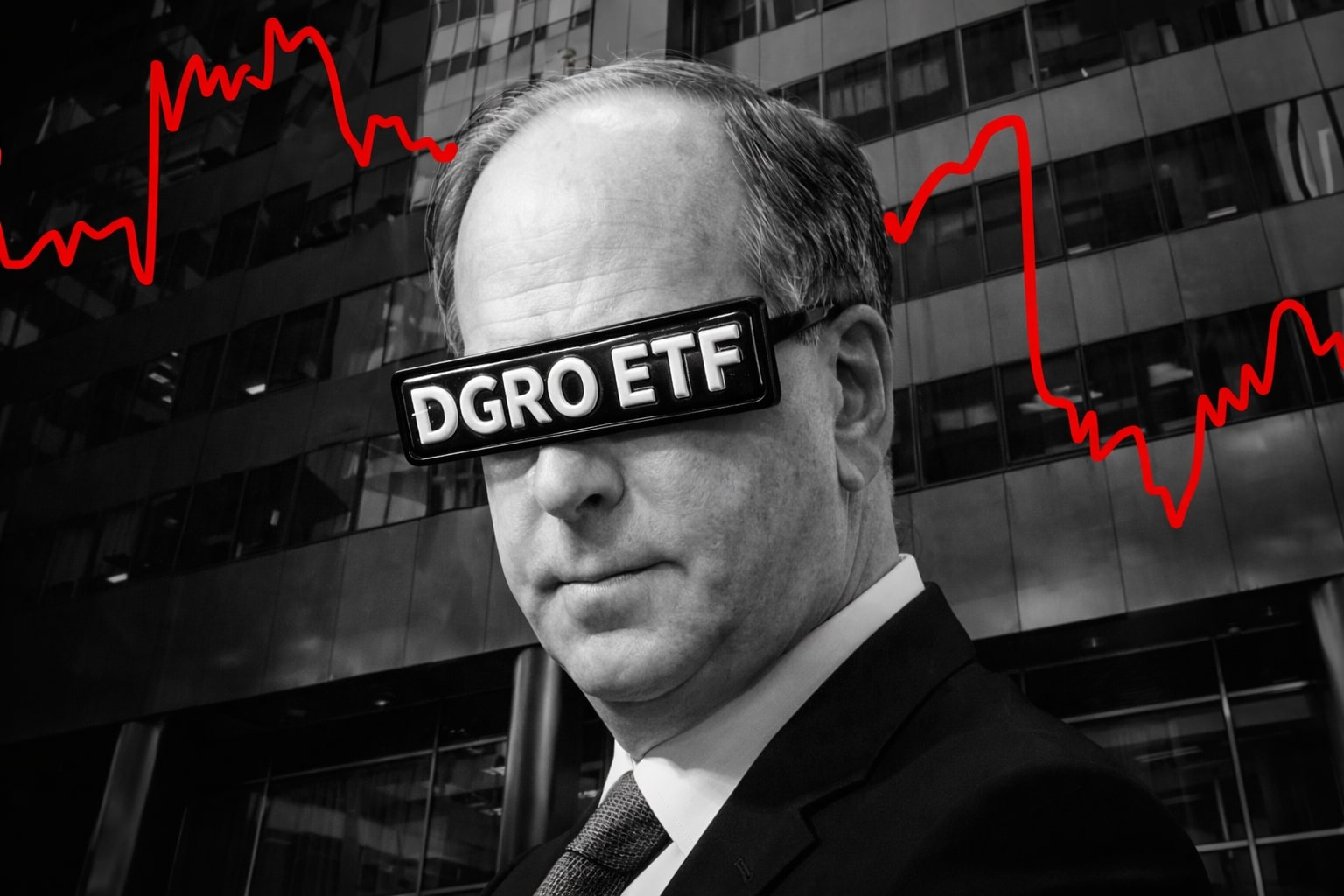Ethereum has been caught in a significant downtrend, with its price crashing below the $1,600 mark, a critical support level for the second-largest cryptocurrency by market capitalization. As of today, ETH is trading around $1,548, after falling more than 14% in the last 24 hours. The sharp drop has left traders and investors on edge, with market liquidity drying up and the broader crypto market struggling to find stability amidst external pressure from global financial markets.
The downturn began with a severe sell-off on Sunday evening, which saw Ethereum plummet from above $1,800 to below $1,500. This dramatic drop was largely attributed to whale liquidations, as highlighted by data from Lookonchain. One significant whale liquidated approximately 67,570 ETH, valued at around $106 million, on Maker, triggering a chain reaction that further drove ETH’s price down. Additionally, another investor sold 14,014 ETH, worth about $22 million, further adding to the bearish sentiment.
As ETH’s price continues to struggle, some on-chain metrics indicate declining investor confidence. The number of active Ethereum addresses has been falling, a sign of reduced network activity and weaker demand. This decline in network usage, combined with falling transaction fees, has created an environment where Ethereum’s price struggles to regain momentum. Moreover, the ETH/BTC trading pair has recently dropped to 0.021, its lowest level since March 2020, further highlighting Ethereum's underperformance compared to Bitcoin (BTC).
Ethereum's market dominance has also slipped to a five-year low, now below 9.4%, as Bitcoin's dominance continues to rise. This shift suggests that investors are flocking to Bitcoin, possibly due to its superior market sentiment and resilience compared to Ethereum amid current market conditions. The collapse of ETH's dominance relative to BTC also points to a fundamental shift in investor sentiment, with capital flowing out of Ethereum and into Bitcoin or entirely out of the crypto market.
Despite the pessimism surrounding Ethereum, there are signs that some whales are viewing the current price drop as an opportunity. One such whale, identified as "7 Siblings," recently acquired 24,817 ETH for about $42 million, bringing their total holdings to over 1.2 million ETH, valued at nearly $1.9 billion. This whale has already spent almost $230 million buying ETH since February, indicating a long-term bullish outlook despite the current price dip.
Ethereum Faces Technical Breakdown: What’s Next?
Ethereum’s technical analysis paints a grim picture, with the cryptocurrency failing to hold crucial support levels. After breaking below the $1,800 mark, Ethereum has continued its descent, reaching lows not seen since October 2023. This move has created significant bearish momentum, and analysts are warning that further declines could be imminent.
A symmetrical triangle pattern that had been forming in Ethereum’s price chart has now broken to the downside, with a projected target of $1,600. If Ethereum fails to stabilize around this level, it could trigger further declines toward $1,420, with subsequent support levels sitting at $1,350 and $1,300. The Relative Strength Index (RSI) is currently at 27, indicating that Ethereum is in oversold territory, which typically suggests a potential reversal. However, given the prolonged selling pressure and the broader market sentiment, Ethereum could continue to hover in the oversold zone for an extended period.
Additionally, the Moving Average Convergence Divergence (MACD) indicator is showing a bearish crossover, further confirming the downward momentum. A failure to break above the $1,600 resistance level could set the stage for more losses in the coming days. Any upside movement would face significant hurdles, particularly at $1,675, $1,710, and $1,800, levels that are now viewed as strong resistance.
Market Sentiment: Fear and Volatility Push Ethereum Lower
Ethereum’s market performance is closely tied to broader macroeconomic factors, including ongoing trade wars and regulatory uncertainty. The recent volatility in the crypto market, exacerbated by President Trump’s trade measures, has contributed to a sharp decline in the fear and greed index, which now sits at extreme fear levels. The index has fallen to 27, signaling widespread panic among investors. Furthermore, Ethereum has been facing pressure from the broader altcoin market, which has seen widespread sell-offs across the board.
In terms of market capitalization, Ethereum is currently valued at around $185.73 billion, which represents a significant drop from its previous highs. Despite this, Ethereum remains a key player in the decentralized finance (DeFi) ecosystem and blockchain technology. However, its fundamentals are under scrutiny, with declining fees and the ongoing transition to Ethereum 2.0 raising concerns about inflationary pressures and scalability issues. Ethereum's network upgrade in March 2024, known as Dencun, has had mixed results, with many users shifting to Layer-2 solutions like Coinbase's Base, which offers cheaper transaction costs and higher throughput.
The decline in Ethereum's transaction fees is also a key factor contributing to the bearish sentiment. According to IntoTheBlock, Ethereum’s total transaction fees have fallen by nearly 60% in the first quarter of 2025, reflecting a broader slowdown in network activity. The reduced fees are partially due to the growing adoption of Layer-2 solutions, which provide faster and more cost-effective alternatives to the Ethereum mainnet. While this shift may be beneficial for Ethereum in the long term, it currently signals reduced demand for the Ethereum network.
Whale Activity Signals Opportunity Amidst the Decline
While the price of Ethereum has taken a significant hit, it is worth noting that some whales are accumulating more ETH despite the downturn. The acquisition of 130,000 ETH by whales as the price fell below $1,800 suggests that there is confidence in the long-term potential of Ethereum. These large investors are likely betting on a future recovery, driven by Ethereum’s key role in DeFi and the upcoming Pectra update, which is expected to bring improvements to Ethereum's ecosystem and user experience.
The Pectra update, scheduled for release in May, is anticipated to provide a much-needed boost to Ethereum’s market performance. This update could restore investor confidence and drive new growth in Ethereum’s ecosystem by improving wallet functionality and enhancing user experience. Investors are hopeful that these changes will reverse the current negative sentiment and provide a solid foundation for Ethereum’s price to recover.
Final Outlook for Ethereum
In the short term, Ethereum faces significant challenges, including a weak market structure, bearish technical indicators, and declining network activity. The risk of further price declines remains high, with potential support levels at $1,420 and $1,350. However, Ethereum’s long-term outlook remains promising, with whales accumulating ETH and the upcoming Pectra update offering hope for a rebound.
For investors, the current volatility presents both risks and opportunities. Ethereum’s price could continue to face downward pressure in the near term, but the possibility of a recovery driven by network upgrades and renewed investor confidence cannot be ignored. Therefore, Ethereum is currently in a neutral to bearish position, but it could offer significant upside potential if the market stabilizes and its ecosystem evolves as expected.


















